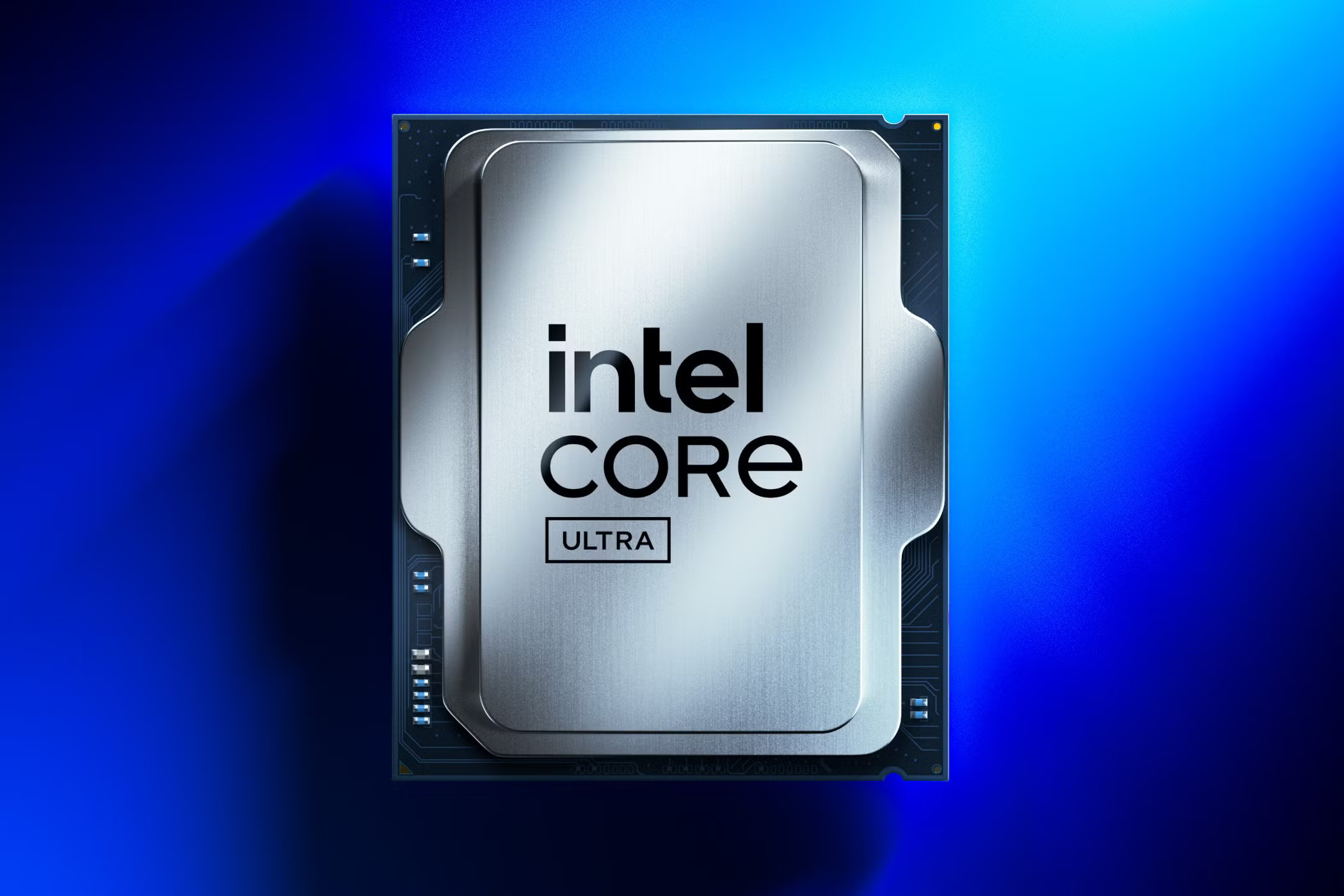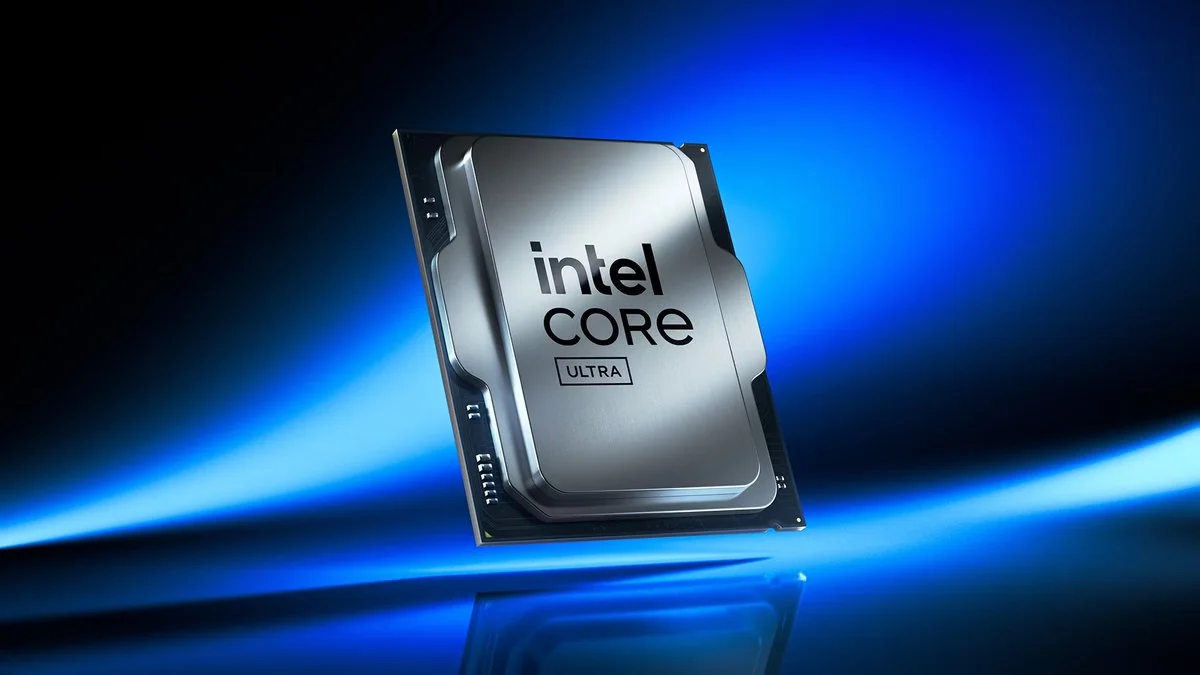Intel’s recent release of its Arrow Lake processors encountered significant issues, prompting the company to address the problems publicly. In a discussion on the Hot Hardware podcast, Robert Hallock, Intel’s vice president and general manager, acknowledged that the Arrow Lake launch did not meet Intel’s standards, as also reflected in various reviews.
Hallock stated that Intel plans to offer a detailed explanation of what went wrong, aiming to provide clarity by late November or early December. He emphasized Intel’s commitment to addressing and fixing these issues comprehensively.
Hallock attributed Arrow Lake’s subpar launch to the inherent complexities of introducing a new platform. He noted that overhauling a platform involves a series of challenges that can lead to unexpected problems. Although he refrained from disclosing full specifics, Hallock mentioned that the issues were multifactorial, arising from various levels, including the operating system and BIOS.
The performance seen in initial reviews, according to Hallock, was far below Intel’s expectations and standards. He acknowledged the shortfall as a humbling experience that has spurred a strong internal effort to identify and correct the underlying problems.

Intel Addresses Arrow Lake’s Launch Issues, Promises Fixes and Transparency in Coming Weeks
One specific issue Hallock highlighted was unusually high memory latency in some scenarios, reaching up to 180 nanoseconds—far above the expected range of 70-80 nanoseconds. He noted that this discrepancy was a significant deviation from Intel’s benchmarks, adding to the list of performance concerns with Arrow Lake. Hallock expressed Intel’s determination to accept responsibility for these issues and committed to resolving them, ideally by November 30, though he allowed that the timeline might extend into December.
In terms of improvements, Intel aims to release firmware and driver updates to address the performance issues, though Hallock did not provide detailed specifics on these planned updates. He also indicated that gaming performance would be a particular area of focus, ensuring that future performance metrics align more closely with Intel’s targets. Intel’s efforts to improve Arrow Lake’s performance will include a comprehensive analysis of the processor’s shortcomings and the steps taken to address them.
Additionally, Hallock commented on the broader response to Arrow Lake, indicating that Intel intends to provide a full breakdown of each issue and the corrective measures. He mentioned that reviewers had limited time to evaluate overclocking capabilities, which Intel hopes to address in future assessments. Ultimately, Intel is committed to transparency by presenting a detailed audit explaining each problem, its performance impact, and the steps taken to bring Arrow Lake up to Intel’s intended standards.









































